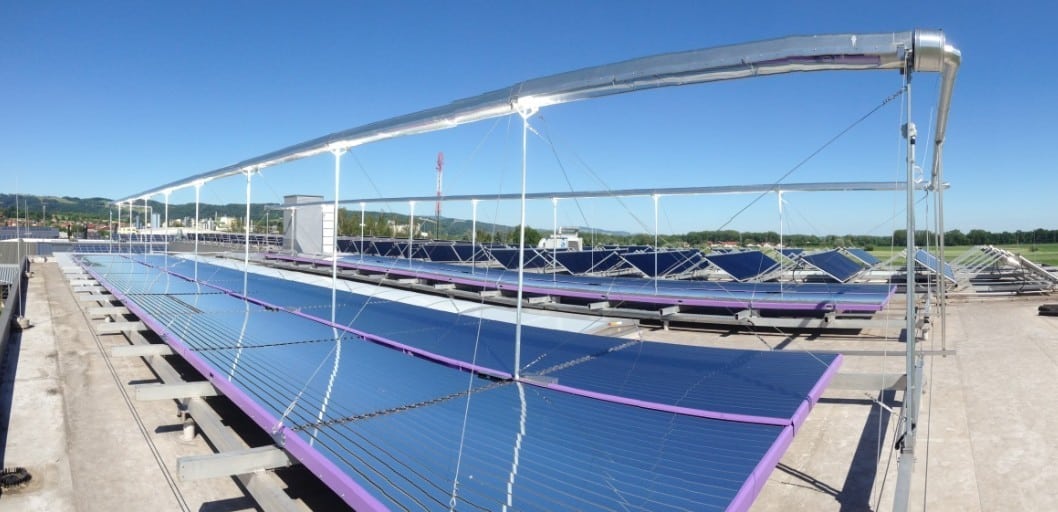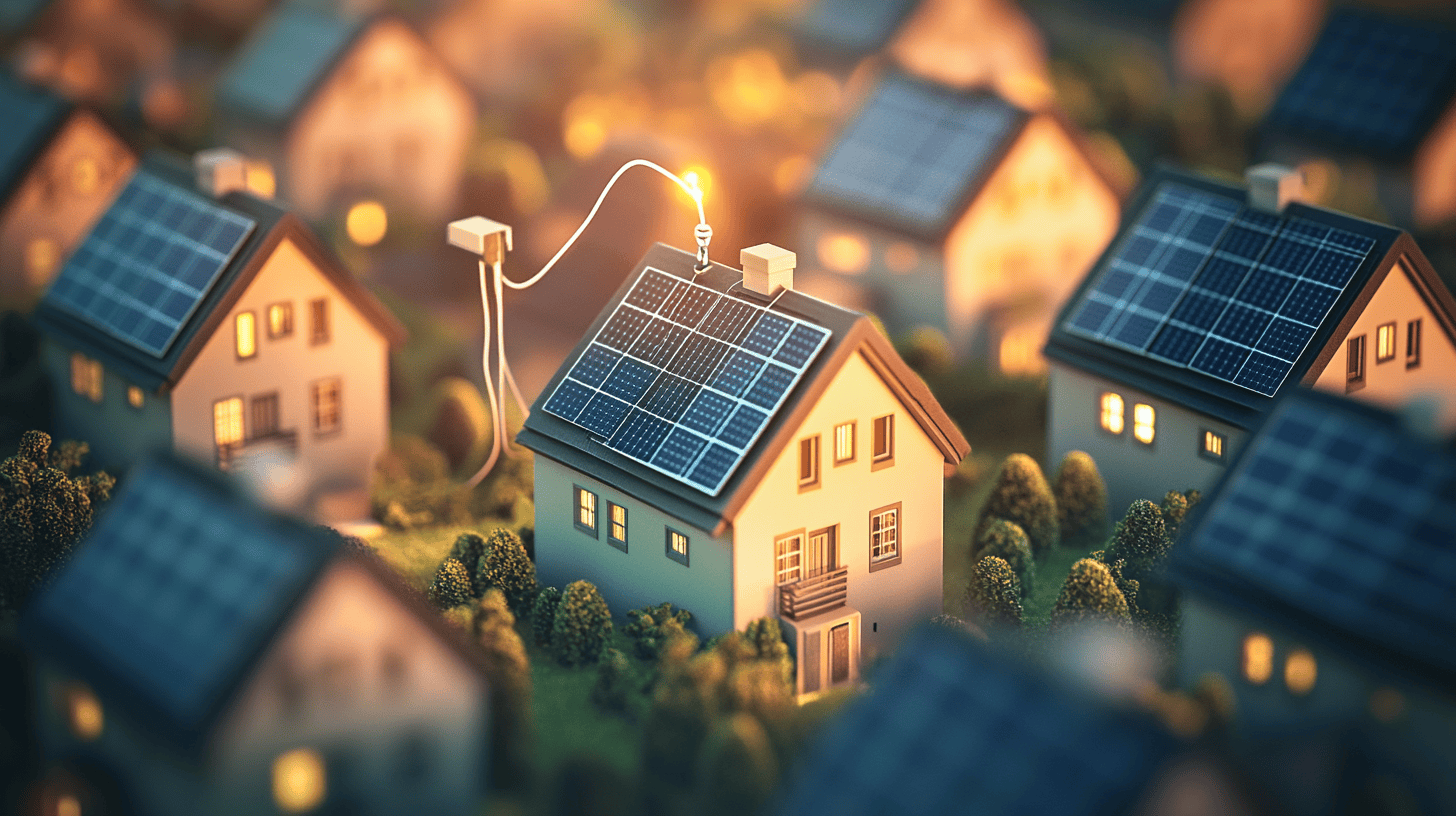
Sustainability involves the conservation of resources, yet also the reuse of existing resources – for example lost heat. Whether during cooking, hot showers or in the server center of an Internet provider: it is everywhere and disappears partially unused into the environment. Actually, it inadvertently heats it up. A Swiss research team demonstrated last November that lost heat can be used for cooling as part of the multi-yeared THRIVE project – which means “Thermally driven adsorption heat pumps for substitution of electricity and fossil fuels”. Now this unconventional idea is entering the next phase: under the name HyCool, lost heat from two Spanish factories will be collected and used for industrial cooling.
Idea originated in IBM’s computer center
The idea of collecting lost heat originated in the IBM Rüschlikon research laboratory. A few years ago, scientists asked themselves whether the enormous amount of lost heat from a large data center could be used to do something useful. They also considered whether the energy would be sufficient to actively cool the data center. With the aim of developing an adsorption heat pump which converts lost heat into a cooling system, the IBM researchers brought a number of Swiss materials and system specialists on board. They came from ETH Zürich, the Rapperswil University of Applied Sciences (HSR), the School of Management and Engineering HEIG-VD, the Paul Scherrer Institute (PSI), as well as Empa. The project ended successfully after 47 months of work. As part of THRIVE, the HSR researchers first created a pilot heat pump with an output of 1 kW (kilowatt), and later a prototype adsorption heat pump with an output ten times greater.
Absorption heat pump uses heat for cooling
An adsorption heat pump converts heat into a coolant. This is because water evaporates in the cooling zone of the system, which ultimately leads to cooling. The steam is collected in the warm zone of the system by an absorbent material. As soon as the absorbent material is saturated, it is dried by external heat. It is then ready for another cooling cycle.

The pump developed by the researchers produced an output that could provide air conditioning for a southern European detached house in summer. But the idea was taken further: adsorption heat pumps would not only be able to cool individual houses or server centers, they could also improve the efficiency of local heating networks. At least that is what the scientists at HEIG-VD have estimated. If they were to be used in the future for stationary heat supplies, this would result in energy savings of four to nine percent throughout Switzerland. When it comes to industrial lost heat, a further three to six percent could be added.
In addition, the research team led by Matthias Koebel, head of the Empa research department “Building Energy Materials and Components”, succeeded in developing a new absorption material. Its cooling capacity is more than three times greater than that of the raw material used at the outset of the project. The Empa researcher now wants to build on this newly developed material.
“We have developed a porous carbon sponge that, thanks to its micropores, can absorb a great deal of water and is therefore very suitable for adsorption heat pumps.”
.. explains the scientist. The material is produced by pyrolysis from a synthetic resin. And he adds:
“With this method, we are able to tailor the material to specific applications.”
Adaptable to every purpose
This allows adsorption heat pumps to be adapted in the future to various applications. For example, a wood pellet heating system supplies higher temperatures than the lost heat output from a canteen kitchen. In order to convert the available heat as efficiently as possible into a coolant, the absorbent material of the heat pump must be specifically adapted to the heat source and the required cooling level.
First we define the appropriate material on the basis of material parameters and then manufacture it,” says Koebel.
It is precisely this unique expertise that will also be used in the new EU research project “HyCool”. The aim of the three-year project is to meet the cooling requirements as much as possible of the production facilities of aroma manufacturer Givaudan and Spanish food producer Bo de Debò using lost heat and solar energy. The newly developed adsorption heat pump is combined with a conventional heat pump for this purpose. The result is a so-called hybrid heat pump that consumes additional electricity but is also highly flexible.
Solar cooling for Spanish pre-prepared meals
The heat required for this cooling system is to be generated by solar energy on the roof of a Spanish factory near Barcelona. A 400 square meter field of mirrors bundles sunlight into a pipe. Steam is generated in this pipe, which provides the necessary cooling capacity via the adsorption heat pump. In the same way, the factory receives processing heat of up to 180 degrees Celsius as well as heat of up to 65 degrees Celsius for the supply of hot water and for heating the factory premises in winter.
There is a lot of unused lost heat, particularly in industry. If the project is completed successfully, we will have taken another step towards avoiding energy wastage by utilizing lost heat.








